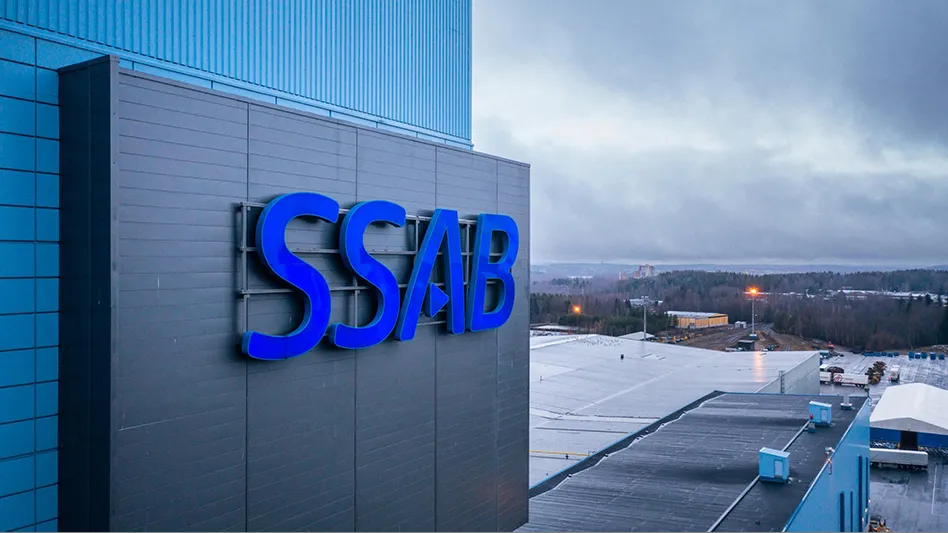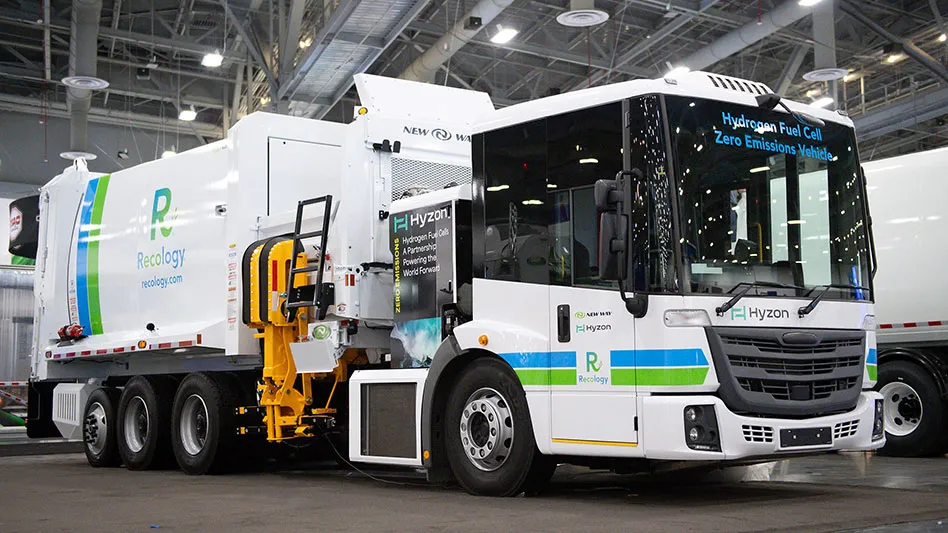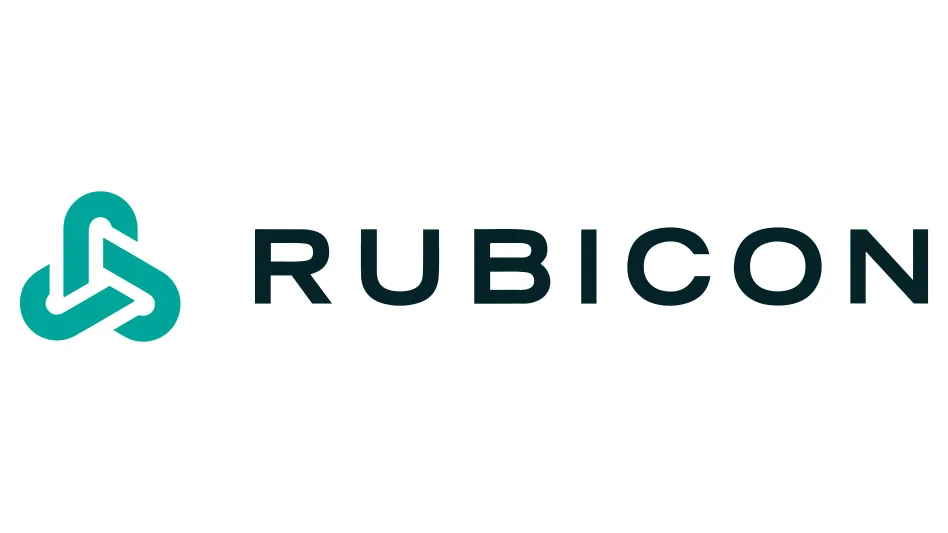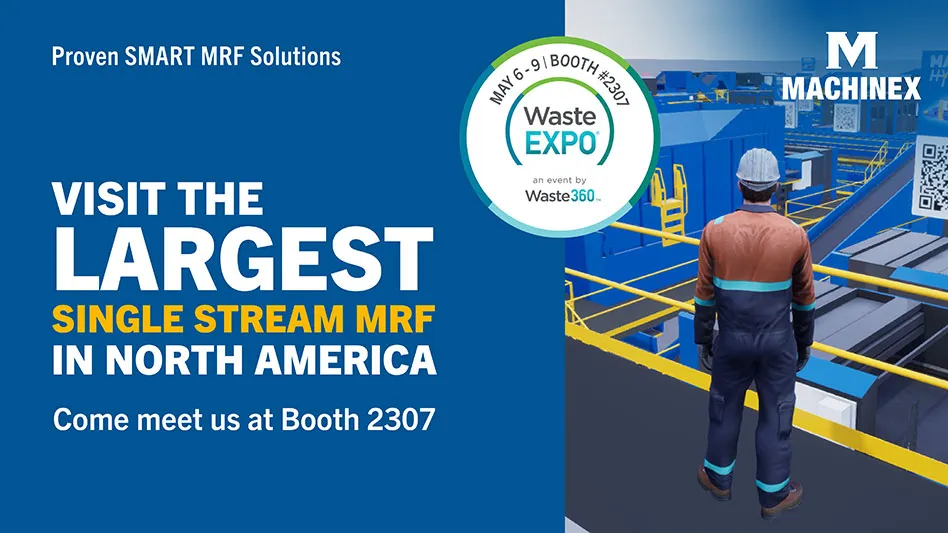
Photo by Matti Immonen and courtesy of SSAB
A planned decarbonization project from Sweden-based metals producer SSAB has been selected by the U.S. Department of Energy for potential funding of up to $500 million.
The project partially entails a potential expansion of capacity at SSAB’s recycled-content electric arc furnace (EAF) steel mill in Montpelier, Iowa, including by SSAB increasing its use of renewable energy.
The funding also could enable the construction of a HYBRIT manufacturing facility, which SSAB says is capable of producing fossil-free iron by using green hydrogen instead of fossil fuels.
The HYBRIT technology uses an alternative processes that can replace coking coal, with fossil-free electricity and hydrogen, the result of which SSAB says will be steelmaking technology with virtually no carbon footprint.
Plans to install HYBRIT technology already are underway in Sweden and Finland, where SSAB operates five facilities.
In January 2022, SSAB's board of directors voted to convert production systems at the mills in Sweden and Finland to the new technology. In 2021, SSAB started to produce and deliver smaller volumes of fossil-free steel through a HYBRIT pilot plant in northern Sweden.
In 2023, SSAB introduced SSAB Zero, which it markets as a carbon dioxide-free steel based on recycled scrap and using fossil-free energy.
“We are pleased to have our project selected by the DOE for negotiations to accelerate decarbonization of the iron and steel sector,” says Chuck Schmitt, president of SSAB Americas. “We see a great interest in sustainable products from the market and this project offers a critical opportunity to solidify a first-mover advantage for the United States industry.”
SSAB says if it is able to move forward on the project, it would enable it to expand its sustainable domestic supply chain for steel products and also to advance the United States renewable energy transition objectives in response to the Bipartisan Infrastructure Law and the Inflation Reduction Act.
Latest from Recycling Today
- Pure Loop celebrates ISEC shredder-extruder at NPE
- New Alpla PET wine bottle cuts carbon emissions
- Ascend Elements, Call2Recycle to offer customized EV battery services
- Novelis quarterly, full-year net sales down; CEO reports ‘strong improvements’
- Meeting the decarbonization challenge
- Cyclic Materials expands leadership team
- Paper cup acceptance at US mills reaches new milestone
- EPA announces $3B to replace lead service lines





